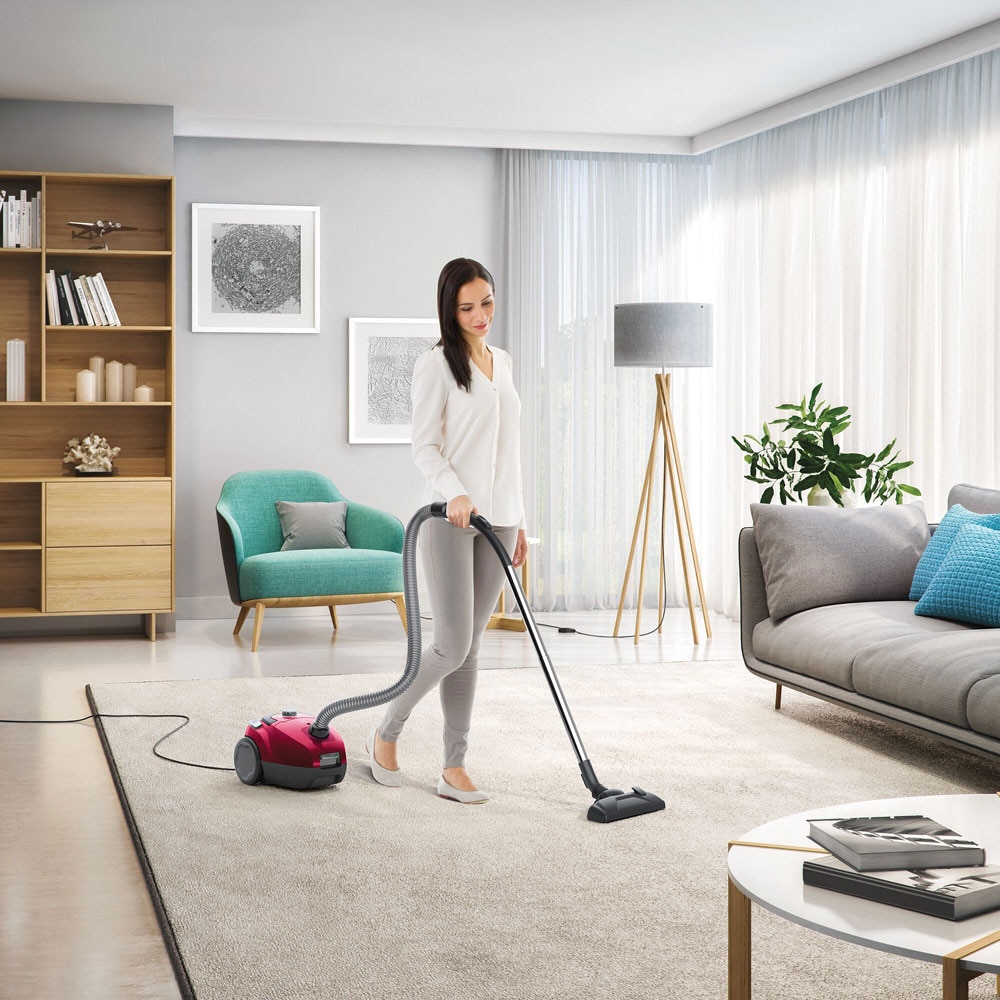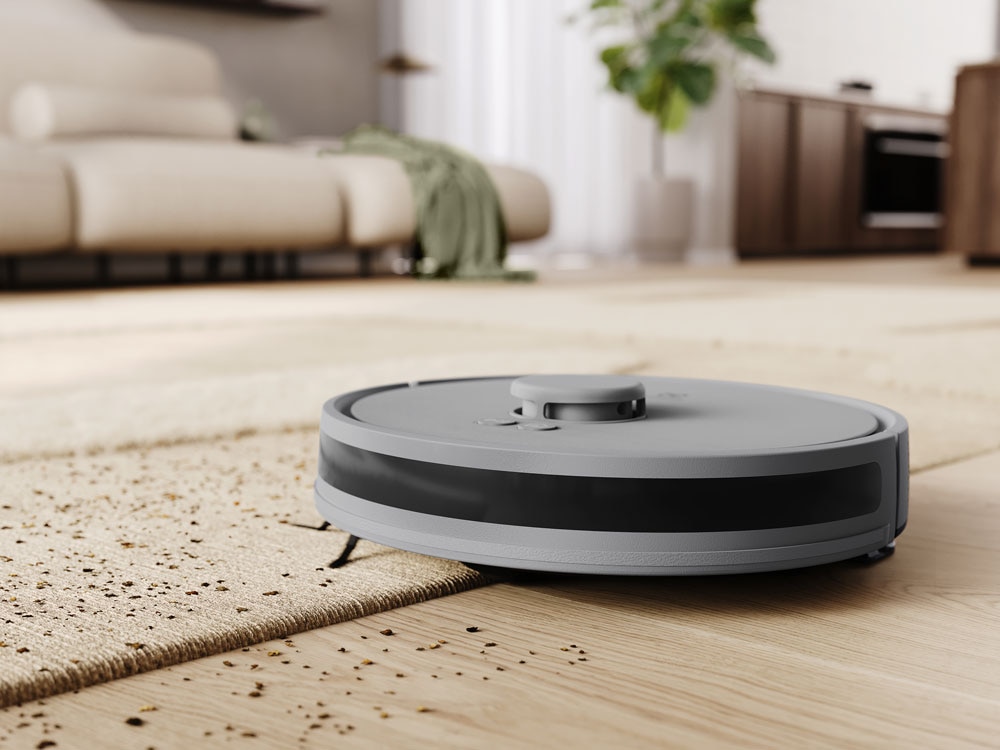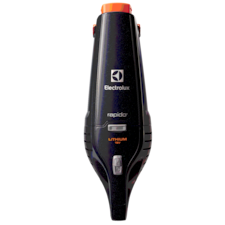Choosing the right vacuum cleaner for your home is more than just picking a device off the shelf. There are numerous factors to consider, such as the type of floors in your home, the size of your space, whether you have pets, and your cleaning preferences.
This guide will walk you through how to choose the best vacuum cleaner based on your needs, ensuring your home stays clean and healthy with minimal effort.
How does a vacuum cleaner work?
A vacuum cleaner works by creating suction using an electric motor. The motor powers a fan that pulls air and with it, dust, dirt, and debris through an intake port, where it passes through filters before being collected in a dustbin or bag. The air is then expelled through an exhaust port, often passing through a HEPA or other filtration system to ensure cleaner air is released.
Different types of vacuum cleaners utilize variations of this mechanism to optimize cleaning efficiency for different needs.
Read more: How to use a vacuum cleaner
How much suction power is good for a vacuum cleaner
When choosing a vacuum cleaner, power is one of the most critical factors. The power of a vacuum is often measured in watts (W) or volts (V), and it determines how effectively the vacuum can pick up dirt, debris, and pet hair. For smaller spaces, lower power may be sufficient, but larger homes and specific tasks like deep cleaning carpets require more powerful vacuums.
How to choose vacuum power by home size
Here’s a quick guide to vacuum power based on the size of your home:
|
Home size |
Power |
|
Small (1-2 rooms) |
500W - 700W |
|
Medium (3-4 rooms) |
700W - 1000W |
|
Large (5+ rooms) |
1000W+ |
If you live in a smaller apartment, a vacuum cleaner with lower wattage or voltage may suffice. However, for larger spaces, you’ll need a model with higher wattage or voltage for optimal cleaning efficiency.
Read our tips to increase vacuum cleaner suction
Consider vacuum cleaner run time
Cordless vacuums have gained popularity because of their portability and convenience. However, one of the most significant drawbacks is the limited battery life. The run time of a cordless vacuum can range from 20 minutes to more than an hour, depending on the model.
For smaller homes or quick touch-ups, a vacuum with a shorter run time may be enough. But if you have a larger home, you may want to opt for a model with longer battery life, or one that includes a charging dock for faster recharging between uses.
Choosing vacuum cleaner types
There are various types of vacuum cleaners, each designed for different cleaning needs.
Canister vacuum cleaners
Canister vacuums are versatile and equipped with a long hose and various attachments. They can be used on multiple surfaces, including carpets, hardwood floors, and tiles, making them ideal for homes with mixed floor types.

-
- Sealed filtration system re-emits clean air into your home.
- Outstanding cleaning performance for longer.
- Simple, hygienic emptying and easy maintenance
Cordless vacuum cleaners
Cordless vacuums are lightweight and portable, making them perfect for quick clean-ups in smaller spaces. These vacuums are ideal for people looking for convenience without the hassle of cords.
-
- Lightweight vacuum at approximately 1.9kg*.
- Triple the suction power* for thorough cleaning.
- Up to 50 minutes* runtime on a single charge.
Robot vacuum cleaner

Robot vacuums are the ultimate convenience for busy individuals, offering hands-free cleaning with remote control via your smartphone. They automatically activate based on your preset schedule, ensuring consistent cleaning without manual effort. Despite their compact size, these smart devices deliver high cleaning efficiency, effortlessly navigating floors and reaching tricky spots. Designed for smart cleaning, they go beyond traditional upright vacuums, requiring minimal intervention while keeping your home spotless.
-
- Up to 4000Pa* suction on fine to large particles².
- Thoroughly clean hard floors with integrated mop.
- Lidar maps home to optimise cleaning efficiency.
Handheld vacuum cleaner
Handheld vacuum cleaners are compact, lightweight, and designed for small cleaning tasks. They operate using a battery-powered or corded motor to provide targeted suction for quick cleanups. These vacuums are ideal for cleaning car interiors, upholstery, and tight spaces that larger vacuums may struggle to reach. Some models come with specialized attachments like crevice tools and pet hairbrushes for added versatility.
-
- TurboPower battery for high performance, longer.
- Easy reach nozzle cleans hard-to-reach places.
- Soft Steer wheels ensure precise handling.
Wet & dry vacuum cleaner

Wet & dry vacuum cleaners are powerful, versatile machines capable of handling both solid debris and liquid spills. They work by using separate compartments for dry waste and liquids, allowing users to clean up dust, dirt, and even water or spills efficiently. These vacuums are commonly used in workshops, garages, and homes where both dry and wet messes need to be cleaned regularly.
-
- A 3-in-1 cleaning solution for all surfaces.
- An exceptional wet and dry cleaning performance.
- TriAction nozzle removes up to 99%* dry debris.
Here’s a table summarizing the pros, cons, and ideal uses for each type of vacuum cleaner:
|
Vacuum type |
Pros |
Cons |
Ideal uses |
|
Canister vacuum cleaner |
|
|
Homes with mixed flooring (carpet & hardwood), deep cleaning |
|
Cordless stick vacuum cleaner |
|
|
Apartments, small homes, and quick daily cleaning |
|
Robot vacuum cleaner |
|
|
Busy households, apartments, daily maintenance cleaning |
|
Handheld vacuum cleaner |
|
|
Car interiors, upholstery, small spills, and pet hair removal |
|
Wet & dry vacuum cleaner |
|
|
Workshops, basements, garages, and large messes |
Choosing the right vacuum for different floor types
Your choice of vacuum cleaner also depends on the type of flooring in your home. Different surfaces require different features for optimal cleaning:
|
Floor type |
Recommended vacuum features |
|
Hardwood floors |
Soft brush rolls or no brush rolls, strong suction, lightweight |
|
Carpet |
Adjustable brush rolls, powerful suction, deep cleaning capabilities |
|
Tile & laminate |
Strong suction, hard-floor attachment, soft brush or microfiber tool |
|
Area rugs |
Adjustable brush rolls, gentle suction to prevent fibers from pulling |
|
Pet hair on any floor |
Powerful suction, specialized pet hair attachments, HEPA filter |
|
Wet & dry surfaces |
Wet and dry vacuum cleaner, powerful suction, water filtration system |
For hardwood floors, choose a vacuum with soft brush rolls or no brush rolls to avoid scratches. For carpets, an adjustable brush roll helps loosen dirt and debris. Tile and laminate floors require a vacuum with strong suction and an appropriate hard-floor attachment to avoid damaging the surface.
If you have area rugs, ensure the vacuum can switch between suction modes to avoid damaging delicate fibers. If you have pets, a vacuum with a specialized pet hair tool and HEPA filter will help maintain a cleaner environment.
How to choose the right vacuum based on your needs

When choosing a vacuum cleaner, consider your specific household needs:
- Allergies: If anyone in your household suffers from allergies, consider a vacuum with a HEPA filter to trap allergens like dust mites, pet dander, and pollen. HEPA filters are particularly effective at improving indoor air quality.
- Pets: Pet owners should look for vacuums with specialized pet hair attachments or powerful suction to tackle stubborn hair. Pet-specific models often feature tangle-free brush rolls designed to handle hair without getting clogged.
- Children: If you have small children, you may want a quieter vacuum to minimize disruption. A robot vacuum might be ideal for routine cleaning when children are napping or playing.
- Size of home: Consider the size of your home and how often you plan to vacuum. Larger homes might require more powerful vacuums with bigger dustbins or longer cords, while smaller homes may benefit from a lighter, more portable option like a stick vacuum.
Read more:
- 5 things to consider before buying a robot vacuum cleaner for cat owners
- How to clean a vacuum cleaner
Vacuum cleaner selection: Additional considerations
When choosing the right vacuum cleaner, it’s essential to consider the features that will make cleaning more efficient and tailored to your needs. Here are some key features to look for:
- Filtration system: A good filtration system is important, especially if anyone in your household has allergies. HEPA filters are highly effective at trapping allergens and particles, ensuring cleaner air and fewer allergens in your home.
- Multiple attachments: A variety of attachments, such as crevice tools, upholstery brushes, and dusting tools, enhance the versatility of your vacuum. These are perfect for cleaning hard-to-reach places, delicate surfaces, or furniture.
- Adjustable brush rolls: This feature allows you to switch between carpet and hard-floor settings. The brush roll height adjustment helps avoid damage to delicate floors and provides deeper cleaning for carpets.
- Cord length & flexibility: A longer power cord offers greater reach, allowing you to clean large areas without needing to constantly switch outlets. Additionally, flexible hoses help clean tricky corners and under furniture.
- Price and warranty: Set a budget for your vacuum cleaner and look for models that offer the features you need within that price range. A longer warranty can also provide peace of mind, especially for higher-end models.
- Vacuum cleaner noise levels: Some vacuum cleaners can be quite noisy, so it’s worth considering how loud a model is before purchasing. Vacuum cleaners typically range between 60 to 80 decibels. If noise is a concern, look for quieter models with noise-reduction features.
Vacuum cleaner FAQs
-
What’s the best vacuum cleaner for pet hair?
Look for vacuums with specialized pet hair attachments, HEPA filters, and strong suction.
-
How often should I replace my vacuum cleaner filter?
Check manufacturer recommendations, but filters typically need replacement every 3-6 months.
-
Can I use a vacuum cleaner on hardwood floors?
Yes, but make sure it has an adjustable brush roll or a floor-specific setting to avoid scratching.





